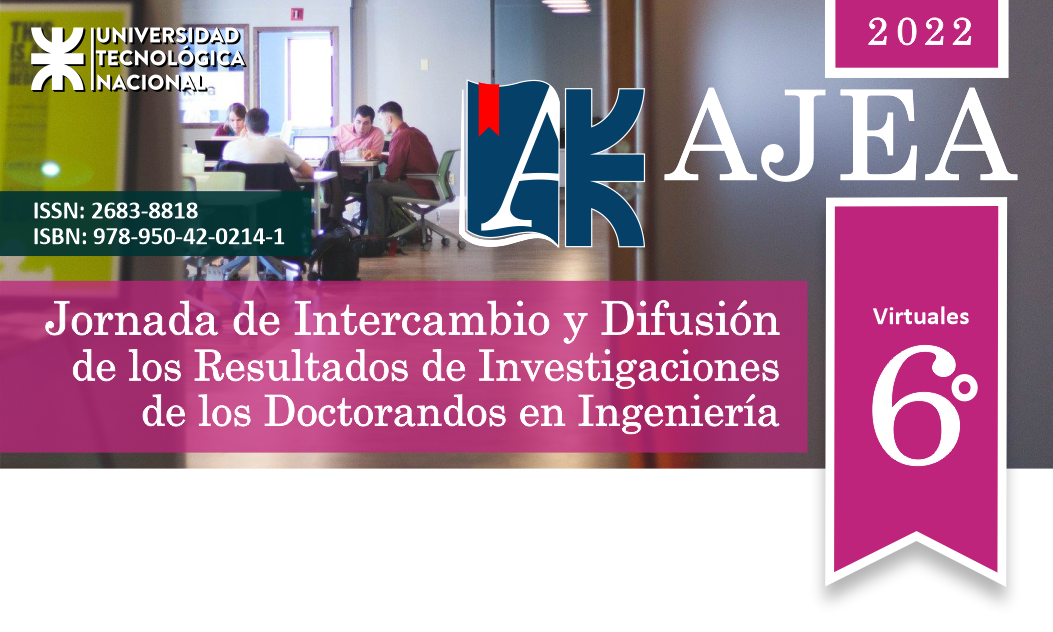Recovery of waste from the fruit and vegetable sector for the production of intermediate chemical products and biofuels
DOI:
https://doi.org/10.33414/ajea.1052.2022Keywords:
Biomass, Fruit waste, Composition, Elemental AnalysisAbstract
In this study, an analysis of the elemental composition was carried out and the cellulosic components of the sweet potato fiber were determined for its subsequent pyrolysis on a catalytic system composed of a zeolitic material of the HZSM-11 type. The most relevant properties of the catalytic material for the process will be studied by XRD, FTIR and SEM.
Biomass was characterized using an elemental analyzer belonging to the Institute of Materials Sciences of Madrid. On the other hand, the presence of soluble material (extractives) was determined (with water according to TAPPI 207 and with ethanol according to TAPPI 264), lignin with the Klason method (TAPPI 222), cellulose with the Kurschner-Hoffer method and finally hemicellulose was obtained by difference between the previous ones. To complete, the humidity (TAPPI 210) and the ash content (TAPPI 211) of the studied samples were determined.
It was possible to know the elemental and structural composition of the sweet potato fiber (C: 41.34%, H: 5.82%, N: 0.51%, S: 0.12%, ash: 4.44% humidity: 6.683%, extractives: 59.058%, cellulose: 10.582%, hemicellulose: 23.379%, lignin: 0.298%)










